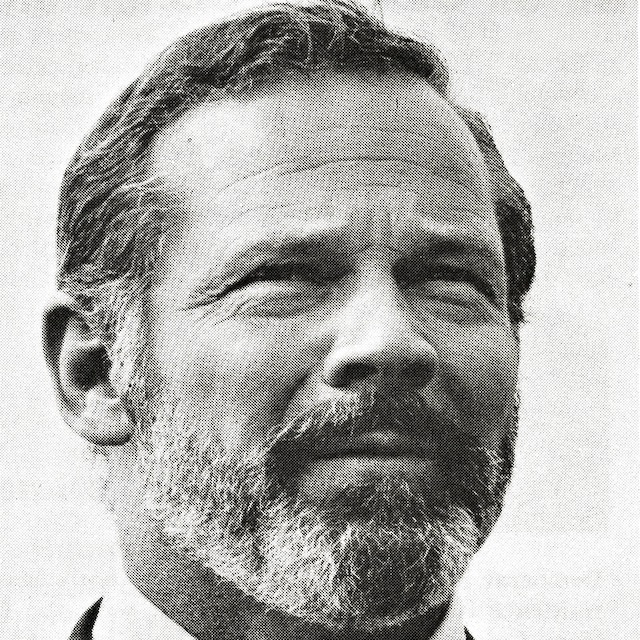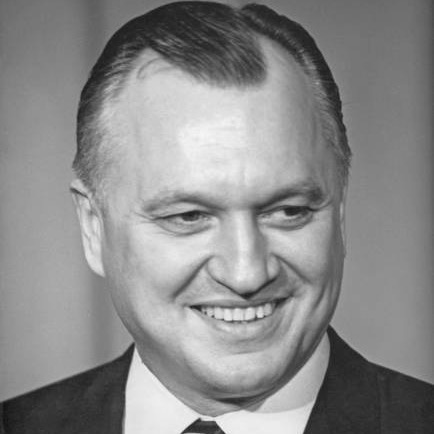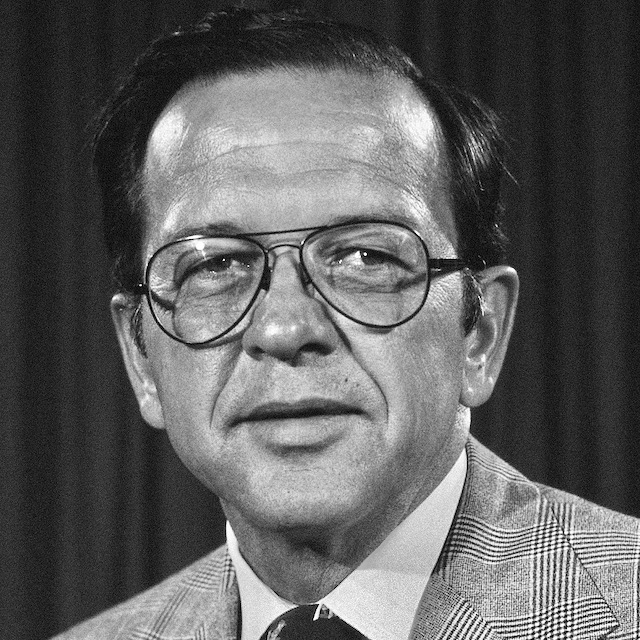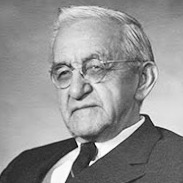
Lon Garrison, Executive Director, AASB
As the 34th Legislature’s work continues to advance slowly, I’ve observed an increasing prioritization of party politics, personal agendas, and electoral strategies over truly serving the best interests of our students, families, and communities. Alaska stands at a critical juncture, facing potential structural and cultural collapse.
Meanwhile, our state leadership has not yet identified a viable strategy that adequately funds public education, generates new revenue streams, and leverages our state’s rich natural resources for the long-term benefit of future generations. Reaching an agreement on education funding will be essential to this effort. It is vital to protect the opportunities of future generations by ensuring Alaska has a strong and effective public education system accessible to all students.
The current impasse has made me wonder about two things that I believe are essential for achieving success: moral character and the art of compromise. In an era of polarization, compromise is often seen as weakness. Yet, in truth, compromise—rooted in strong character—remains one of the highest expressions of public leadership.
Today, many forces make compromise more difficult. Political disagreements increasingly revolve around identity rather than policy. Social and traditional media reward outrage rather than moderation. Nowadays, there’s no time gap between the news found on social media or the internet and the chance to evaluate a specific stance on an issue. Political structures often incentivize hardline positions over collaboration. At times, compromise is seen not as a necessary step forward, but as an unacceptable betrayal of values.
Yet, without compromise, governance grinds to a halt. Public service—whether at the national, state, or local level—depends on leaders who can move beyond personal victory to build collective progress. The ability to compromise is not simply a matter of negotiation skills or political strategy. It is deeply rooted in character.
Character traits like humility, courage, empathy, integrity, and prudence are the true enablers of effective compromise. Humility allows a leader to listen and learn without losing conviction. Courage emboldens leaders to risk criticism in pursuit of broader goals. Empathy fosters understanding of different perspectives. Integrity ensures that compromise strengthens, rather than abandons, core principles.
In Alaska’s history, character-driven leadership has emerged across many communities — from the halls of government to the councils of Alaska Native peoples — demonstrating that strength lies not in rigid ideology but in service to the greater good.
Lessons from History: Character and Compromise in Action
At the Constitutional Convention of 1787, delegates with vastly different interests overcame deep divisions to form the very structure of American government.
In Alaska, leaders like William Paul Sr. demonstrated extraordinary character by advancing civil rights and Native land protections through political engagement. He worked within—and often challenged—a system that was stacked against him. His perseverance laid the early foundations for a more inclusive democracy in Alaska.
The enactment of the Civil Rights Act in 1964 required leaders from both major political parties to find common ground across ideological divides for the sake of advancing the nation.
Likewise, the establishment of the Alaska Native Claims Settlement Act (ANCSA) in 1971 exemplifies the efforts of Alaska Native leaders like Emil Notti and Willie Hensley. Emil Notti helped to bring together various Native communities, engaged in negotiations with the federal government and businesses, and achieved one of the largest land settlements in American history. Meanwhile, Willie Hensley’s writing made the argument that Alaska Natives had never extinguished their aboriginal land rights — a legal and moral case that profoundly influenced political leaders in Washington and Alaska. ANCSA symbolized a significant compromise that ensured land rights, economic opportunities, and self-determination for Alaska Native peoples within a contemporary legal framework.
Rosita Worl, a Tlingit scholar and leader, has exemplified character and cultural diplomacy through decades of work for Alaska Native rights. She balances traditional values with modern governance, advocating for self-determination, cultural preservation, and economic participation through collaboration with government agencies, corporations, and academia. Her leadership showcases character-rooted compromise to uphold identity while building bridges to shared solutions.
Throughout the state’s development, leaders such as Governor Jay Hammond showed what compromise, guided by character, could achieve. Hammond resisted enormous political pressure to spend all of Alaska’s newfound oil wealth immediately. Instead, he fought — and negotiated — to create the Alaska Permanent Fund, securing a portion of the state’s resources for future generations. His vision required compromise among competing interests and the courage to prioritize long-term stewardship over short-term political gain.
Senator Ted Stevens built bipartisan coalitions that delivered crucial infrastructure and education funding to Alaska, skillfully blending loyalty to the state with pragmatic negotiation in Washington, D.C.
Wally Hickel, two-time Alaska governor and Secretary of the Interior in the Nixon administration, balanced Alaska’s resource development ambitions with the need for environmental protection and never hesitated to challenge national leaders when he believed Alaska’s future was at stake.
Fran Ulmer built coalitions around election modernization and Arctic policy, skillfully balancing competing stakeholder interests with calm leadership.
These examples — Native and non-Native, territorial and statehood eras — show that compromise succeeds when it is rooted in strong character and guided by a commitment to a larger mission.
Why It Matters to Us: Leading in Public Education
Today’s school board members, public officials, and elected leaders face these same timeless challenges locally. Every budget negotiation, every policy decision, and every community engagement effort requires leaders who can listen, balance competing demands, and move forward with wisdom and integrity.
Just as Alaska Native leaders blended cultural preservation with modern political engagement, today’s public officials must balance diverse community needs while remaining faithful to the shared mission: creating opportunity, equity, and success for all students.
In education governance, compromise is not a sign of weakness. It is a tool of stewardship — essential for navigating limited resources, community expectations, and the evolving needs of students and families.
A Call for Character and Courage
In these challenging times, the courage to compromise, rooted in character, may be the most powerful legacy we leave for the next generation. When we lead with humility, integrity, empathy, and prudence, we model governance that is not only effective but also inspiring. We show that leadership is not about standing rigidly alone but about standing firmly together — even in disagreement — to serve the common good.
Now more than ever, Alaska — and our public education system — requires leaders of character who understand that compromise, rightly made, is not the enemy of progress. Our future as a state depends upon this.
Lon Garrison
(The research and composition for this article were facilitated through the use of artificial intelligence.)
Character and Compromise: Alaska’s Enduring Legacy of Leadership
Throughout Alaska’s history, leaders of character have understood that lasting progress often requires principled compromise. Their work reminds us that strength lies not in rigid ideology, but in service to the broader public good. The list below is a small representation of the leaders who exemplify the character-driven leadership of both state and Alaska Native individuals, significantly influencing Alaska’s future.
State Leaders

Jay Hammond
Governor 1974–1982
Advocated for the creation of the Alaska Permanent Fund, ensuring that oil wealth would benefit future generations, not just the present.

Wally Hickel
Governor 1966–69; 1990–94
Balanced Alaska’s resource development with environmental protection and demonstrated character by standing up to national leaders when he believed the state’s interests were at risk.

Ted Stevens
U.S. Senator 1968–2009
Built bipartisan coalitions as Alaska’s longtime U.S. Senator, delivering critical infrastructure, healthcare laws, and Native land settlement legislation.

Fran Ulmer
Lt Governor 1994–2002
A symbol of Alaska’s progressive ideals; her bipartisan, principled leadership helped modernize governance and champion Arctic and education policies.
Alaska Native Leaders

William Paul Sr.
Prominent 1920s–1940s
Pioneering Tlingit civil rights leader who fought for Native land claims and equality in voting rights through political and legal action.

Emil Notti
AFN Founder and Leader, 1966–1970s; active advocate to present
Architect of the Alaska Federation of Natives (AFN), who unified Alaska Native leaders and led the early push for land claims settlement culminating in ANCSA.

Willie Hensley
Political leader and strategist, 1960s–present
Influential Iñupiaq strategist and author of the landmark essay framing the land claims debate; his leadership empowered Alaska Natives to secure recognition of their land rights.

Rosita Worl
Academic and policy leader, 1980s–present
Renowned Tlingit anthropologist and advocate for Alaska Native cultural preservation, economic development, and governance rights. Her work bridges Native traditions with contemporary policy challenges, strengthening self-determination.

